How to Use Email Marketing for Effective Sales Outreach
Want to increase your sales outreach and drive more conversions? Discover the power of effective email marketing and how it can help you engage with your target audience and drive sales.
With this comprehensive guide, you’ll learn how to leverage email marketing for efficient sales outreach. Our guide covers everything you need to know to establish a successful email marketing strategy that produces results, from defining your target demographic to writing effective campaigns, tailoring your content, segmenting your email list, and integrating email marketing with other sales channels.
Email marketing is an effective method for businesses to reach their target audience, promote their products or services, and eventually increase sales. Email marketing, when done effectively, can be an efficient way to engage with potential consumers, raise brand awareness, and build connections that lead to greater sales.
In this article, we’ll explore how to use email marketing for effective sales outreach, including tips and best practices for crafting an effective email campaign.
How to Use Email Marketing for Effective Sales Outreach

1. Defining the Target Audience
Defining your target audience is a critical step in creating an effective email marketing campaign for sales outreach. The more you understand your audience, the better you can tailor your messages to meet their needs and preferences. By defining your target audience, you can develop a more personalized approach that resonates with them and increases the likelihood of conversion.
How to Define the Target Audience
To define your target audience, you need to create buyer personas. A buyer persona is a fictional representation of your ideal customer, based on demographic, psychographic, and behavioral factors.
Here are some steps to follow when creating buyer personas:
- Research your current customers: Look at your current customer base and identify patterns and commonalities among them. Use tools such as Google Analytics and social media insights to gather data on their demographics, interests, and behaviors.
- Conduct surveys and interviews: Reach out to your customers and ask them about their needs, pain points, and preferences. This will help you understand what motivates them and how your product or service can address their needs.
- Analyze your competition: Look at your competition and see who they are targeting. Analyze their marketing campaigns and identify gaps or opportunities that you can exploit.
- Use data to refine your personas: Once you have gathered all the information, use it to create detailed personas that include demographic information, job titles, interests, and pain points. Refine your personas based on data and feedback from your sales team and customers.
By defining your target audience, you can create targeted messages that resonate with them and increase the chances of conversion. It also helps you segment your email list and send relevant messages to each segment, increasing the effectiveness of your email marketing campaign.
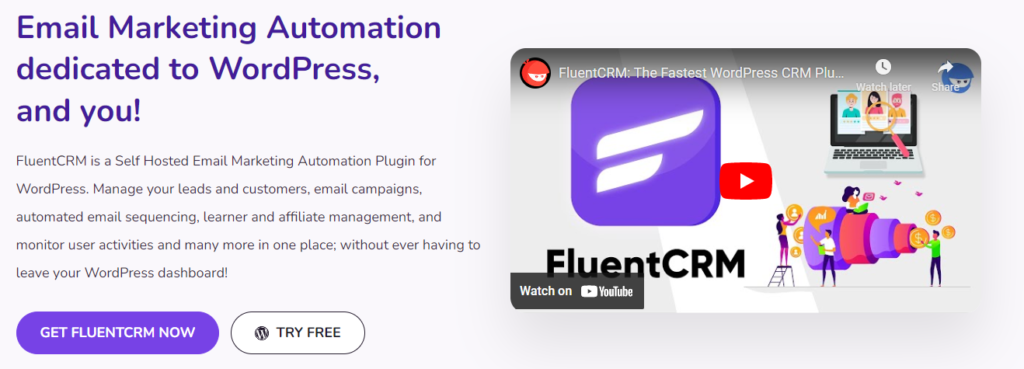
2. Crafting an Effective Email Campaign
Crafting an effective email campaign is crucial for successful sales outreach. An effective email campaign can help you build relationships with your target audience, increase engagement, and drive conversions. A poorly crafted email campaign can lead to low open rates, high unsubscribe rates, and damage your brand’s reputation. Therefore, it’s essential to invest time and effort in crafting an effective email campaign.
Components of an Effective Email Campaign
- Subject Line: The subject line is the first thing your audience sees, and it can make or break your email campaign. A compelling subject line can increase the chances of your email being opened. Therefore, it’s essential to craft a subject line that is attention-grabbing and relevant to your audience.
- Personalization: Personalizing your email campaign can increase engagement and drive conversions. Personalization can include using the recipient’s name, location, and other relevant information to make the message more relevant and personalized.
- Clear and concise message: The message of your email should be clear and concise. Avoid using jargon or complicated language that can confuse the reader. Keep your message focused on the benefits of your product or service and how it can solve the recipient’s pain points.
- Call to action (CTA): A call to action is a critical component of an effective email campaign. The CTA should be clear and direct, encouraging the recipient to take action. It should be placed prominently in the email and should be easy to find and click.
- Visual elements: Visual elements such as images and videos can make your email more engaging and increase the chances of conversion. However, it’s essential to use visual elements sparingly and ensure they are relevant to the message.
Drag & Drop Sales Funnel Builder for WordPress

Tips for Crafting an Effective Email Campaign
- Segment your email list: Segmenting your email list based on demographics, behavior, and interests can help you create targeted messages that resonate with your audience.
- Test and optimize: Test different elements of your email campaign, such as subject lines, CTAs, and visual elements, to see what works best. Optimize your campaign based on the results.
- Follow best practices: Follow email marketing best practices such as avoiding spam trigger words, ensuring your emails are mobile-friendly, and including an unsubscribe link.
- Be consistent: Consistency is key when it comes to email marketing. Be consistent in your messaging, frequency, and branding.
You can create an email campaign that engages your target audience and encourages conversions by using the advice in this article.
3. Personalization
Personalization is a powerful tool for email marketing. Personalized emails have higher open rates and click-through rates compared to non-personalized emails. Personalization helps build a connection with your target audience and makes them feel valued, increasing the chances of conversions. In fact, studies show that personalized emails can increase revenue by up to 20%.

Ways to Personalize Email Content
- Personalized subject lines: Personalizing the subject line with the recipient’s name or location can make the email more relevant and attention-grabbing.
- Segmentation: Segmenting your email list based on demographics, behavior, and interests can help you create targeted messages that resonate with your audience.
- Dynamic content: Dynamic content is content that changes based on the recipient’s behavior or preferences. For example, if a recipient has previously shown interest in a particular product, you can include relevant product recommendations in the email.
- Personalized recommendations: Personalized product recommendations based on the recipient’s past purchases or browsing behavior can increase the chances of conversion.
- Personalized greetings: Addressing the recipient by name in the greeting can make the email more personalized and engaging.
- Personalized offers: Offering personalized discounts or promotions based on the recipient’s preferences or behavior can increase engagement and drive conversions.
By personalizing your email content, you can build a connection with your audience and increase engagement and conversions. Personalization can help you stand out in a crowded inbox and make your audience feel valued and understood.
Help us build the future of email!
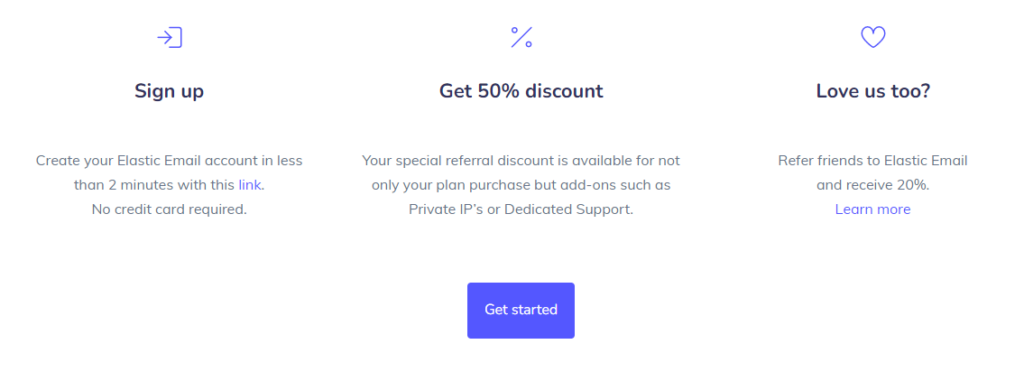
4. Email Segmentation
Email segmentation is the process of dividing your email list into smaller, targeted groups based on specific criteria such as demographics, behavior, and interests. Email segmentation is crucial for effective email marketing as it allows you to create personalized, targeted messages that resonate with your audience. By sending relevant content to the right people, you can increase open rates, click-through rates, and conversions.
How to Segment Your Email List
- Demographic segmentation: Segmenting your list based on demographics such as age, gender, location, and income can help you create targeted messages that resonate with your audience.
- Behavioral segmentation: Segmenting your list based on recipient behavior such as past purchases, email opens, and clicks can help you create personalized messages that encourage engagement and conversion.
- Interest-based segmentation: Segmenting your list based on interests and preferences such as product categories or content topics can help you create targeted messages that resonate with your audience’s interests.
- Customer lifecycle segmentation: Segmenting your list based on where the recipient is in the customer lifecycle such as new customers, repeat customers, and lapsed customers can help you create targeted messages that encourage retention and loyalty.

Examples of Email Segmentation
- Abandoned cart emails: Sending targeted messages to recipients who have abandoned items in their shopping cart can help encourage them to complete their purchase.
- Location-based emails: Sending emails to recipients in specific locations with targeted content such as events or promotions can increase engagement and conversions.
- Product category emails: Sending emails to recipients based on their past purchases or browsing behavior in specific product categories can increase the chances of conversion.
- Re-engagement emails: Sending targeted messages to recipients who have not engaged with your emails in a while can help re-engage them and encourage them to take action.
By segmenting your email list and creating targeted, personalized messages, you can increase engagement and conversions and build a stronger connection with your audience.
5. Subject Lines and Email Content
Subject lines and email content are crucial for the success of your email marketing campaigns. A compelling subject line can entice your audience to open your email, while the content inside can persuade them to take action. Crafting effective subject lines and email content is essential for increasing open rates, click-through rates, and conversions.
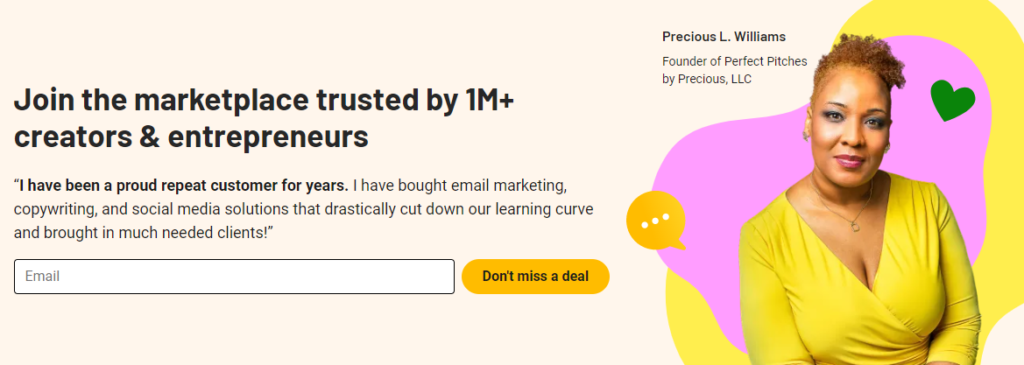

Tips for Crafting Effective Subject Lines and Email Content
- Keep it short and sweet: Use short, attention-grabbing subject lines that are easy to read and understand. Keep your email content concise and to the point.
- Use personalization: Personalizing your subject line and email content with the recipient’s name, location, or interests can make the email more relevant and engaging.
- Create a sense of urgency: Use words that create a sense of urgency such as “limited time offer” or “act now” to encourage recipients to take action.
- Use clear and specific language: Use clear and specific language in your subject line and email content that communicates the value and benefits of your product or service.
- Use images and videos: Incorporating images and videos in your email content can increase engagement and make the email more visually appealing.
- Use a clear call-to-action: Use a clear and compelling call-to-action that tells the recipient what action to take and why.
- Test and optimize: Test different subject lines and email content to see what resonates with your audience and optimize based on the results.
By crafting compelling subject lines and email content, you can increase engagement and conversions and build a stronger connection with your audience. Remember to keep your content relevant, personalized, and valuable to your audience, and use clear language and a clear call-to-action to encourage action.
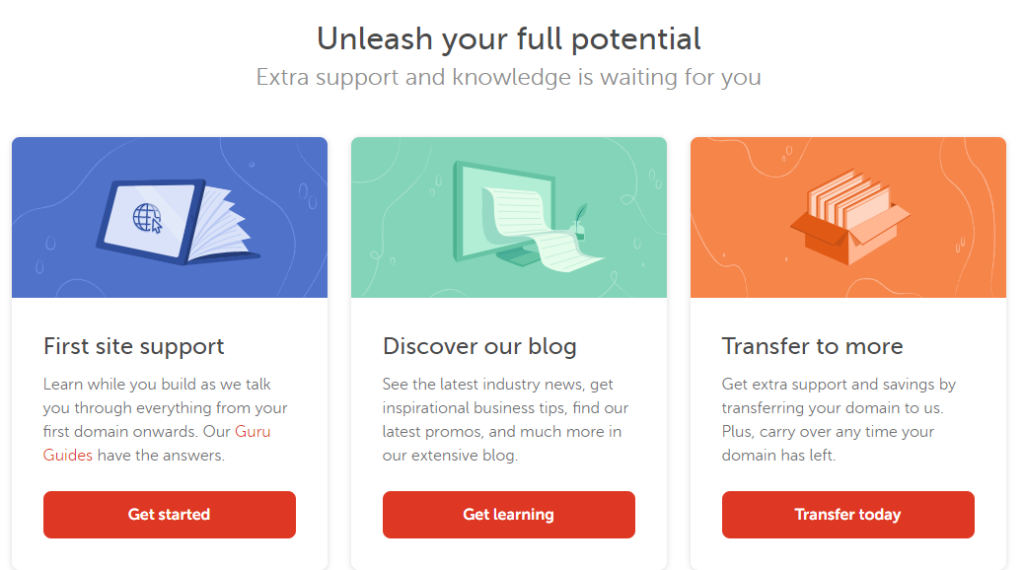
6. Testing and Measuring Results
Testing and measuring the results of your email marketing campaigns is essential for improving your strategy and maximizing your ROI. By analyzing the data from your campaigns, you can gain insights into what works and what doesn’t, and make data-driven decisions to optimize your future campaigns.
Types of Email Testing
- A/B Testing: A/B testing involves creating two versions of an email campaign and sending them to a small subset of your audience to see which version performs better. You can test different elements such as subject lines, email content, call-to-action buttons, and images.
- Multivariate Testing: Multivariate testing involves testing multiple variables simultaneously to identify which combination yields the best results. You can test different subject lines, email content, and images to find the optimal combination.
- Inbox Placement Testing: Inbox placement testing involves testing the deliverability of your email campaigns by sending them to different email providers and analyzing the results.
Key Metrics to Measure Results
- Open Rates: Open rates measure the number of recipients who opened your email. This metric can help you understand the effectiveness of your subject lines and the relevance of your email content.
- Click-Through Rates: Click-through rates measure the number of recipients who clicked on a link in your email. This metric can help you understand the effectiveness of your email content and call-to-action.
- Conversion Rates: Conversion rates measure the number of recipients who took the desired action after clicking on a link in your email, such as making a purchase or filling out a form. This metric can help you understand the effectiveness of your email content, call-to-action, and landing page.
- Bounce Rates: Bounce rates measure the number of emails that were undeliverable. This metric can help you understand the quality of your email list and the effectiveness of your email design and content.
Your email marketing campaigns may be tested and measured for effectiveness, allowing you to fine-tune your approach and raise ROI. Always pay attention to the important indicators that support your objectives and apply the learnings to guide your efforts in the future.
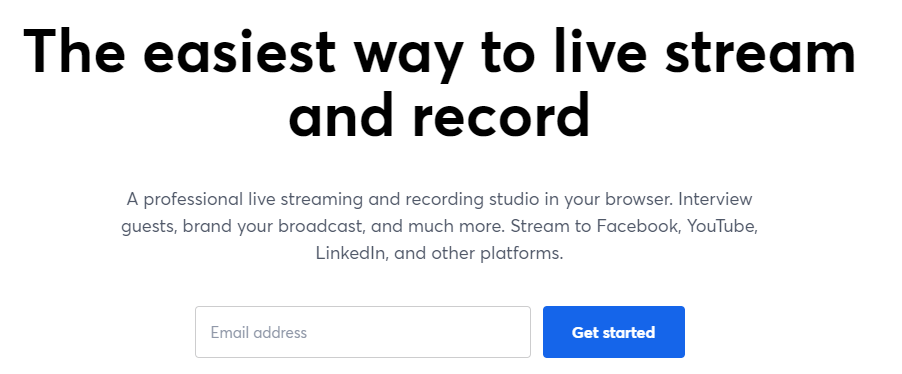
7. Integrating Email Marketing with Other Sales Channels
Integrating email marketing with other sales channels can help you reach your target audience through multiple touchpoints and increase your chances of converting leads into customers. By using email marketing in conjunction with other sales channels such as social media, content marketing, and paid advertising, you can create a comprehensive sales strategy that reaches your audience in different ways and increases the likelihood of conversions.
Examples of Integrating Email Marketing with Other Sales Channels
Social Media: Integrating email marketing with social media can help you reach a wider audience and build engagement with your brand. You can use your email list to promote your social media profiles and encourage subscribers to follow you on social media. You can also use social media to promote your email list and encourage followers to sign up for your emails.
Content Marketing: Integrating email marketing with content marketing can help you increase engagement and conversions by delivering relevant content to your target audience. You can use email marketing to promote your blog posts, whitepapers, and other content assets. You can also use content marketing to promote your email list and encourage subscribers to sign up.
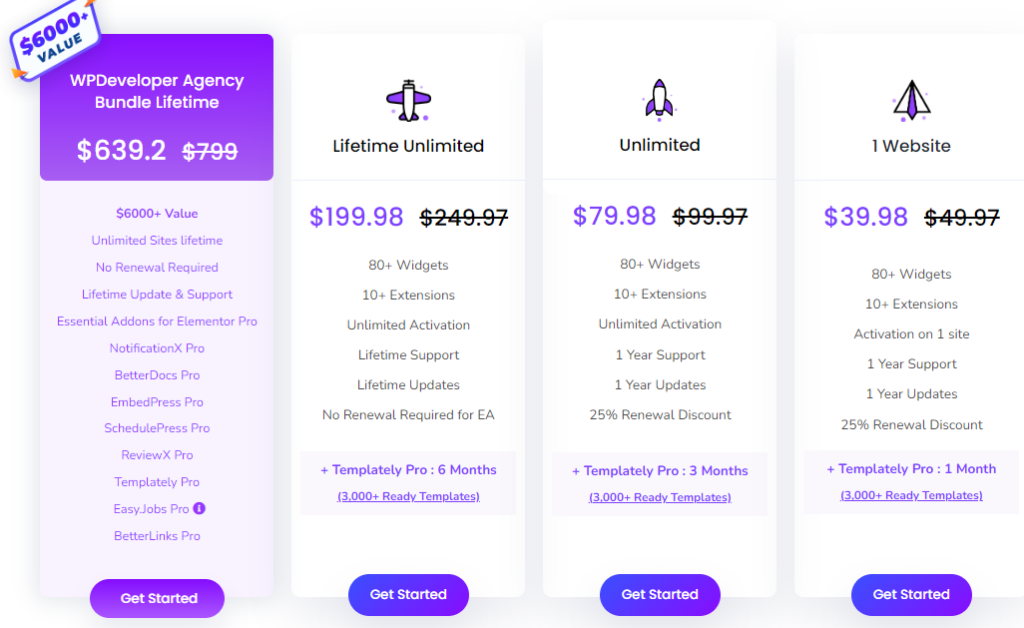
Paid Advertising: Integrating email marketing with paid advertising can help you improve targeting and reach more qualified leads.
You can use email marketing to promote your paid advertising campaigns and encourage subscribers to visit your website or landing page. You can also use paid advertising to promote your email list and encourage new subscribers.
You can build a comprehensive sales plan that reaches your audience in many ways and boosts the likelihood of conversions by integrating email marketing with other sales channels.
To establish a consistent and seamless consumer experience, keep in mind to unify your branding and messaging across all media.

Conclusion
In conclusion, when done right, efficient email marketing may be a potent instrument for sales outreach.
You can develop a thorough sales strategy that reaches your audience in various ways and increases the likelihood of conversions by defining your target audience, creating effective campaigns, personalizing your content, segmenting your email list, using compelling subject lines and email content, testing and measuring your results, and integrating email marketing with other sales channels.
The importance of knowing your target audience, creating campaigns with persuasive subject lines and personalized content, segmenting your email list to deliver relevant content, testing and measuring your results, and integrating email marketing with other sales channels are just a few of the key takeaways from this article.
In conclusion, email marketing remains an essential component of a successful sales outreach strategy. By implementing the tips and strategies outlined in this article, you can create effective email campaigns that engage your target audience and drive conversions.
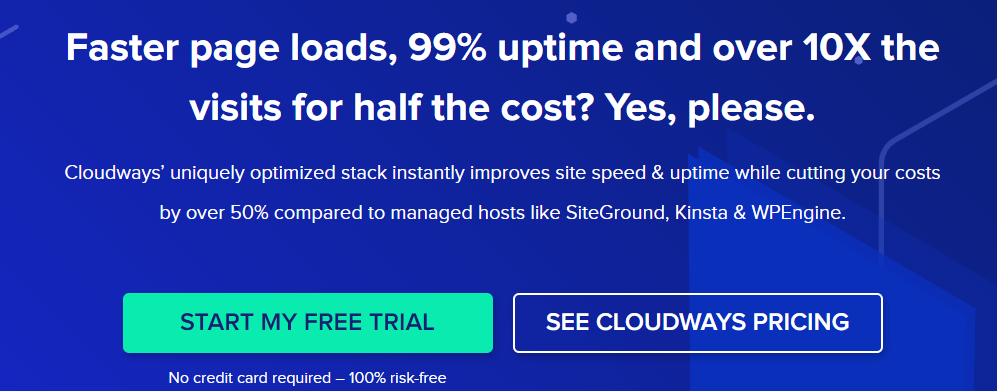
FAQs
What is the ideal frequency for sending marketing emails?
The ideal frequency for sending marketing emails depends on your audience and your specific industry. However, it’s generally recommended to send no more than one or two emails per week to avoid overwhelming your subscribers.
How do I ensure my emails are not marked as spam?
To avoid having your emails marked as spam, ensure that your email list is comprised of subscribers who have opted-in to receive your emails, use a recognizable sender name and email address, avoid using spam trigger words in your subject lines and content, and include a clear and easy-to-find unsubscribe link in your emails.
How do I measure the success of my email campaigns?
Key metrics to measure the success of your email campaigns include open rates, click-through rates, conversion rates, and unsubscribe rates. By tracking these metrics and making adjustments to your campaigns as needed, you can optimize your email marketing strategy for maximum effectiveness.
How can I improve the personalization of my email content?
To improve the personalization of your email content, consider using subscriber data such as past purchases, browsing behavior, and demographic information to deliver relevant and targeted content. You can also use segmentation and dynamic content to deliver personalized messages to different subsets of your email list.
What is the best way to integrate email marketing with other sales channels?
The best way to integrate email marketing with other sales channels is to align your messaging and branding across all channels and use each channel to reinforce and complement the others.
Consider using social media to promote your email list, using email marketing to promote your content marketing and paid advertising campaigns, and using paid advertising to promote your email list.
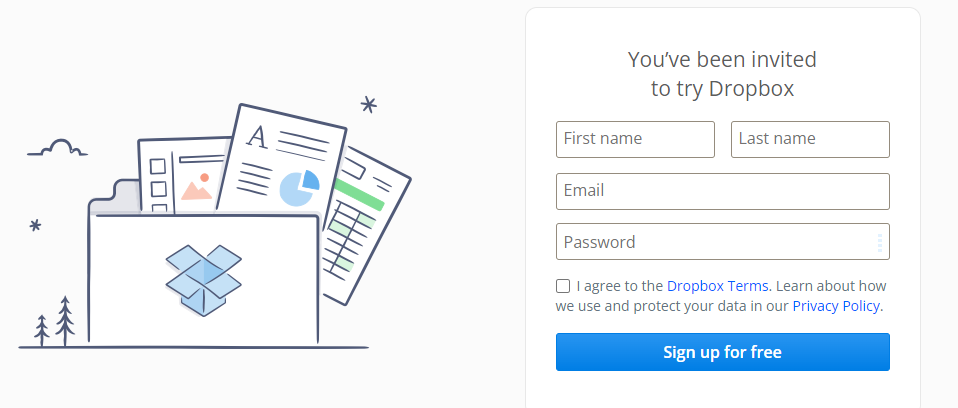
Disclosure: I may receive affiliate compensation for some of the links below at no cost to you if you decide to purchase a paid plan. You can read our affiliate disclosure in our privacy & policy. This site is not intending to provide financial advice. This is for entertainment only.








